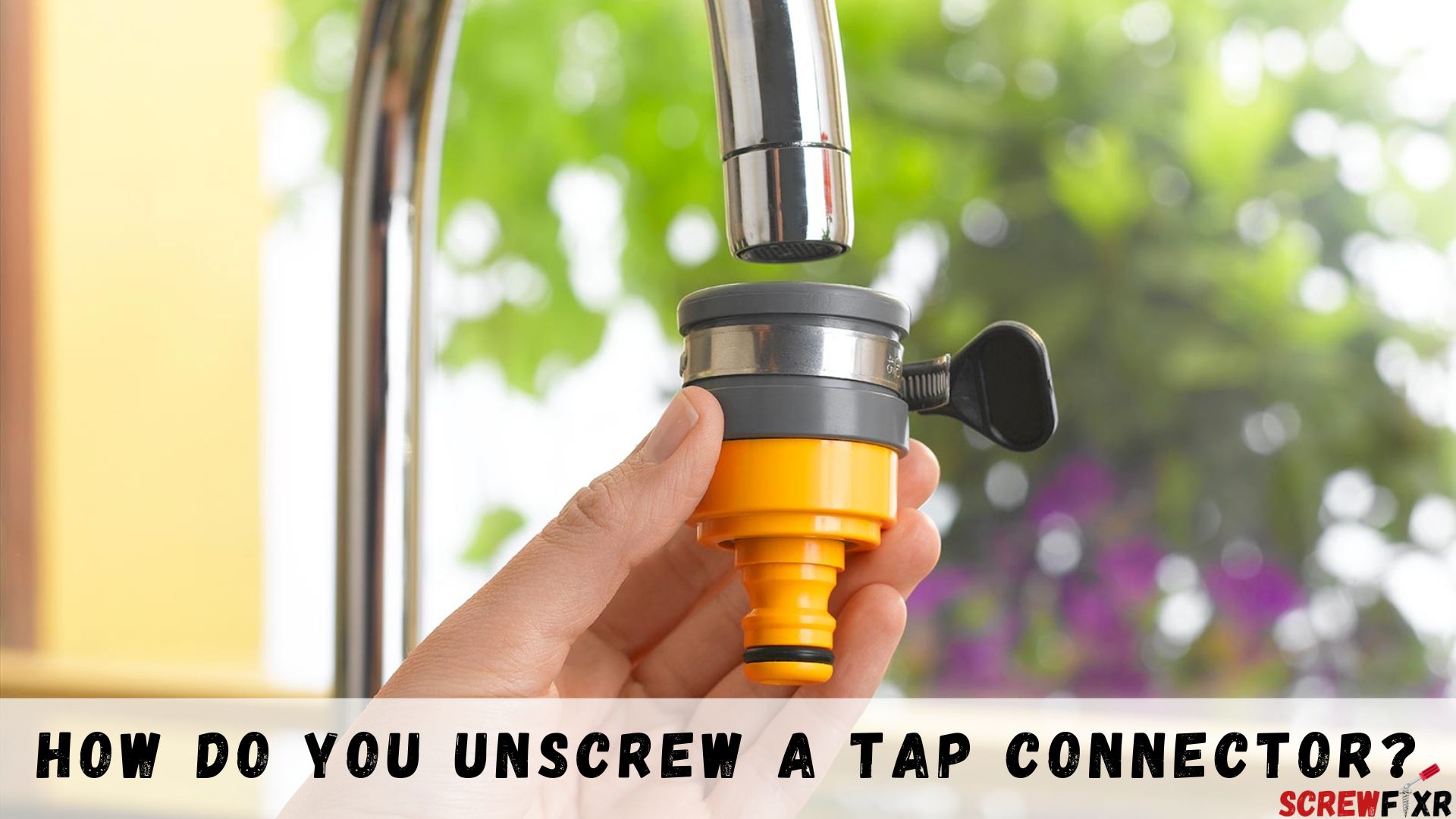Unscrewing a tap connector might seem like a daunting task, especially if you’re not familiar with plumbing or DIY projects. However, with the right tools, techniques, and a little know-how, you can easily accomplish this task and even troubleshoot any potential issues that might arise. In this guide, we’ll walk you through the process of how to unscrew a tap connector, providing detailed instructions, expert tips, and answers to frequently asked questions.
What Is A Tap Connector?

A tap connector is a device used to connect two or more water hoses or pipes together. It is designed to facilitate the extension or branching of water supply lines, typically from a single water source, such as a faucet or tap. Tap connectors are commonly used in gardening, irrigation systems, and various outdoor water-related activities.
These connectors come in different shapes and sizes to accommodate various hose diameters and connection types. They often feature threaded ends or quick-connect mechanisms that make it easy to attach and detach hoses without the need for additional tools. The primary purpose of tap connectors is to provide a convenient and efficient way to distribute water to multiple locations from a single water source.
How Do You Unscrew A Tap Connector?

Unscrewing a tap connector involves several steps to ensure a smooth and successful process. Here’s a step-by-step breakdown of how to unscrew a tap connector:
- Gather The Necessary Tools:
Before you start, make sure you have the right tools on hand. You’ll need an adjustable wrench, a pair of pliers, and a bucket or towel to catch any water that might leak.
- Turn Off the Water Supply:
Start by shutting off the water flow to the faucet. This is usually done by locating the shut-off valve under the sink and turning it clockwise until it’s fully closed.
- Release Pressure:
To prevent any water from spewing out when you unscrew the tap connector, turn on the tap and let any remaining water in the pipes run out.
- Use Pliers to Loosen Nut:
Using pliers, grip the nut connecting the tap connector to the water supply pipe. Turn the nut counterclockwise to loosen it. If the nut is stubborn, applying a penetrating oil can help loosen it.
- Detach the Tap Connector:
Once the nut is loose enough, you can use your fingers to unscrew it the rest of the way. Carefully remove the tap connector from the water supply pipe.
- Inspect for Damage:
Take this opportunity to inspect the tap connector and the water supply pipe for any signs of damage or wear. If you notice any issues, it might be a good time to replace the connector.
- Clean and Reassemble:
Clean the threads of both the tap connector and the water supply pipe to ensure a proper seal. Apply the plumber’s tape to the threads of the pipe for added protection against leaks. Then, reassemble the tap connector by screwing it onto the pipe.
- Tighten the Nut:
Use an adjustable wrench to tighten the nut securely. Be careful not to overtighten, as this could cause damage to the connector or pipe.
- Turn On the Water Supply:
After ensuring all connections are properly secured, restore the water supply by reopening the shut-off valve. Check for any leaks around the tap connector. If you notice leaks, tighten the nut a little more.
Read Also: Can WD-40 Remove A Screw?
Expert Tips for a Smooth Process

- Use Lubrication: If the tap connector is difficult to unscrew, applying a small amount of lubricating oil can make the process easier.
- Inspect for leaks: After reassembling the tap connector, keep an eye out for any leaks over the next few days. If you notice any, tighten the nut slightly to eliminate the leak.
- Replace Worn Connectors: If the tap connector shows signs of corrosion, rust, or wear, it’s a good idea to replace it with a new one to prevent future issues.
Conclusion
Unscrewing a tap connector might seem intimidating, but with the right tools, techniques, and guidance, it’s a manageable task that can save you from potential water leaks and damage. Remember to turn off the water supply, use the appropriate tools, and take your time during the process. Regular inspections and proper maintenance will help ensure that your tap connectors remain in good condition, providing you with a reliable water supply for years to come.


